Google Pixel Review
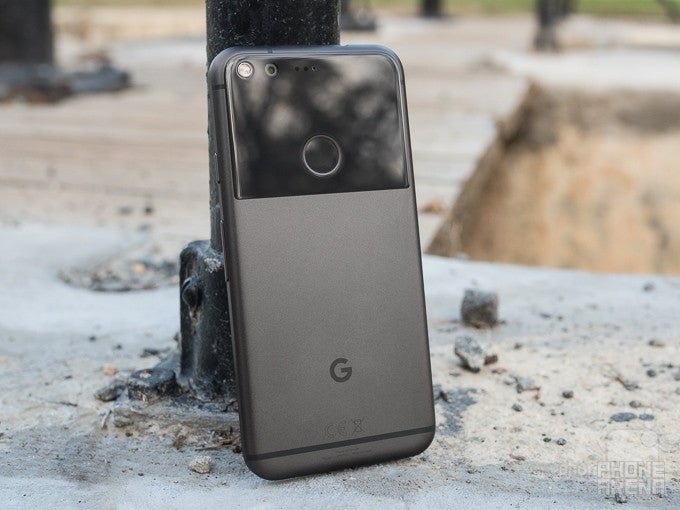
Update: You can now read our Google Pixel 2 and Pixel 2 XL review!
Introduction
One of the trickiest considerations for a company making smartphones is just how many options it should give shoppers. How many mid-rangers do you launch each year? How many flagships? What screen sizes do you hit, which phones get the best cameras – there's no shortage of questions these companies need to answer when putting together their lineups.
As shoppers, we might say that we want a whole lot of different phones to choose between, so we can come away with the one handset that meets all of our needs, but is that really what ends up happening? Or do too many options overwhelm us, and we end up just going with some big-name flagship, not necessarily because it's everything we were looking for (and nothing we weren't), but because it represents a seemingly safe, reliable option in a sea of unknowns?
But choice needn't be a bad thing – you just have to execute it well.
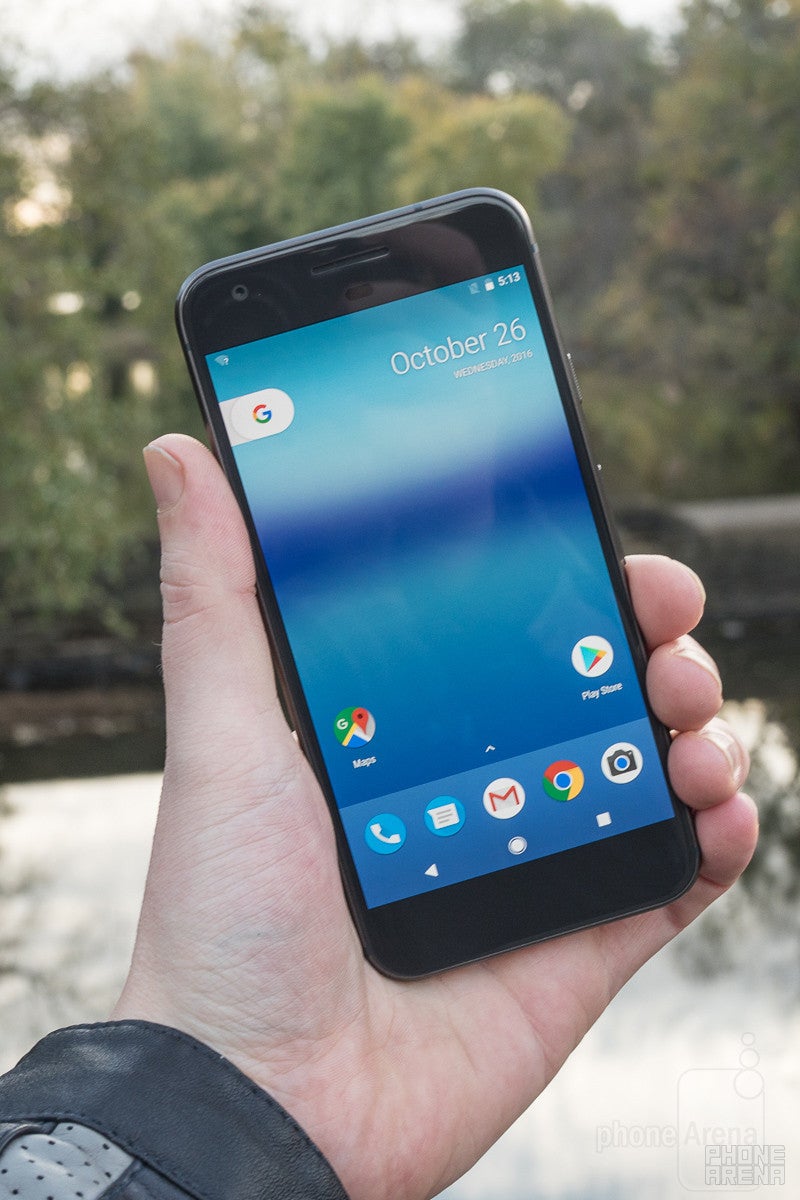
Now in 2016, not only has the Pixel lineup arrived to replace Nexus phones, but Google's seriously simplified the decision-making process for choosing one model or another. With the Pixel and Pixel XL, we once again have a “big” and “little” Google phone, but this time around that really is the extent of the decision shoppers need to make: from camera, to processor, to RAM, storage, design, connectivity, and more, you're getting largely the same hardware regardless of which Pixel you choose. The only differences are ones closely tied to hardware size: a bigger phone affords room for a larger battery, and a bigger screen makes sense to stuff with more pixels.
At least, that's how it all looks on paper, but how do the two Pixel phones really compare? We've already brought you a full review of the larger Pixel XL, and now we turn our attention to the smaller five-inch Pixel.
In the box:
- Google Pixel
- USB Type-C to Type-C cable
- USB Type-C to Standard-A cable
- USB Type-C to Standard-A (Quick Switch) adapter
- Power adapter
- SIM tool
- Intro cards (hardware, thank you, Google Assistant, Play Music 3-month trial)
- Warranty booklet
Design
The smaller Pixel strikes a great balance between solid build and pocket-friendly size
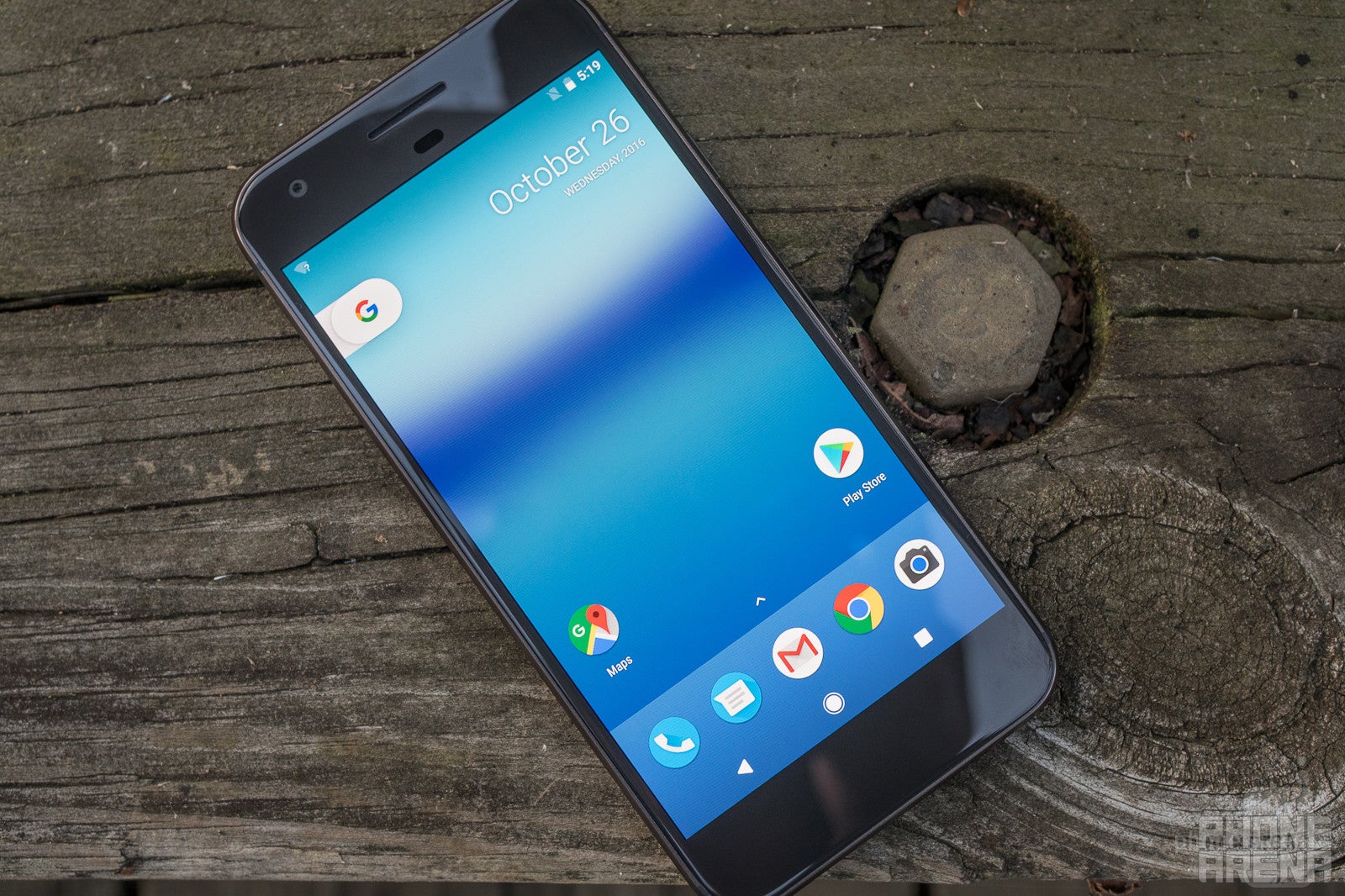
Crafting a smartphone these days that offers a unique look is no small feat. As some brands churn out featureless slate after featureless slate, or others find themselves repeating variations on the same standard design over and over again, a breath of fresh air can be hard to come by. But with Google's new Pixel phones, the company may have done just that.
Maybe the first thing you'll notice about the Pixel – and the larger Pixel XL, as well, which shares the same basic design – is this glass panel consuming the upper third of the phone's otherwise metal back. We've seen smaller adornments like this before (think: the camera “stripe” on last year's Nexus 6P), but the Pixel pushes it to a whole new level. At first, it's a look that may inspire some push-back; after all, it's easy to think of metal as a particularly robust and premium smartphone material, while glass just seems all sorts of damage-prone.
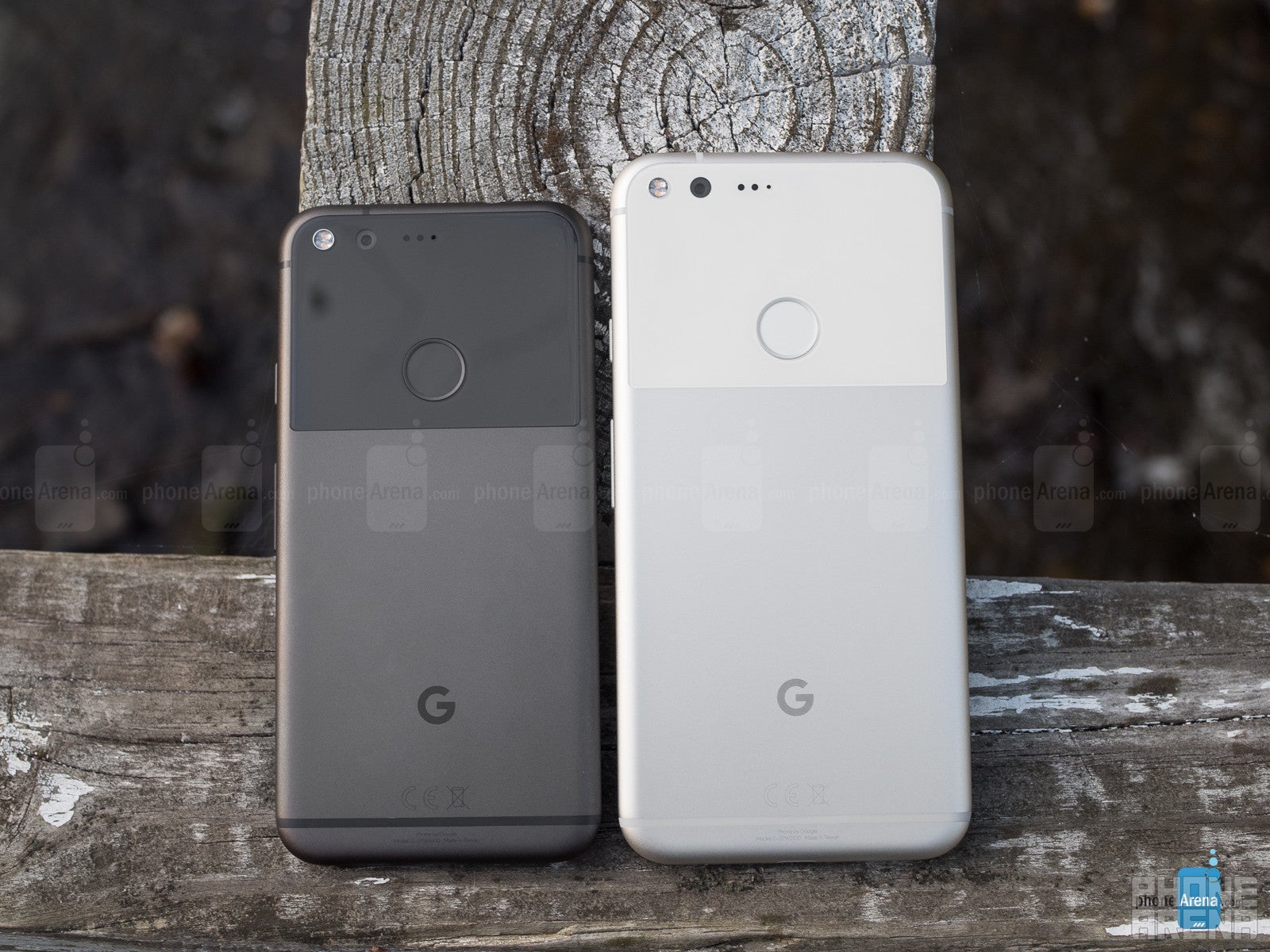
Google Pixel (left) and Google Pixel XL (right)
Moving around the hardware, we've got a USB Type-C port and the phone's (mono) speaker on its bottom edge, the SIM tray on the right (with no hybrid microSD functionality – this is Google, after all), an analog headphone jack up top, and the power button and volume rocker on the right. The edge sports a hybrid design of its own, with a smooth curve transitioning to the phone's back, an angled bevel marking the move to the handset's face, and a solid, flat stripe in the center. The effect there makes for a phone that feels seriously nice to hold, while also offering a comfortably solid grip.
Though still made of metal like the Pixel XL, the smaller Pixel is noticeably lower-weight, and at 143 grams, it comes in about 15 percent lighter than the XL. And while the exterior dimensions of the phones are understandably different, they both display precisely the same thickness (varying between 7.31 to 8.58mm over the body of the handsets), further helping to unify them under a shared Pixel design.
Display
In need of a brightness boost, but still a largely satisfying screen
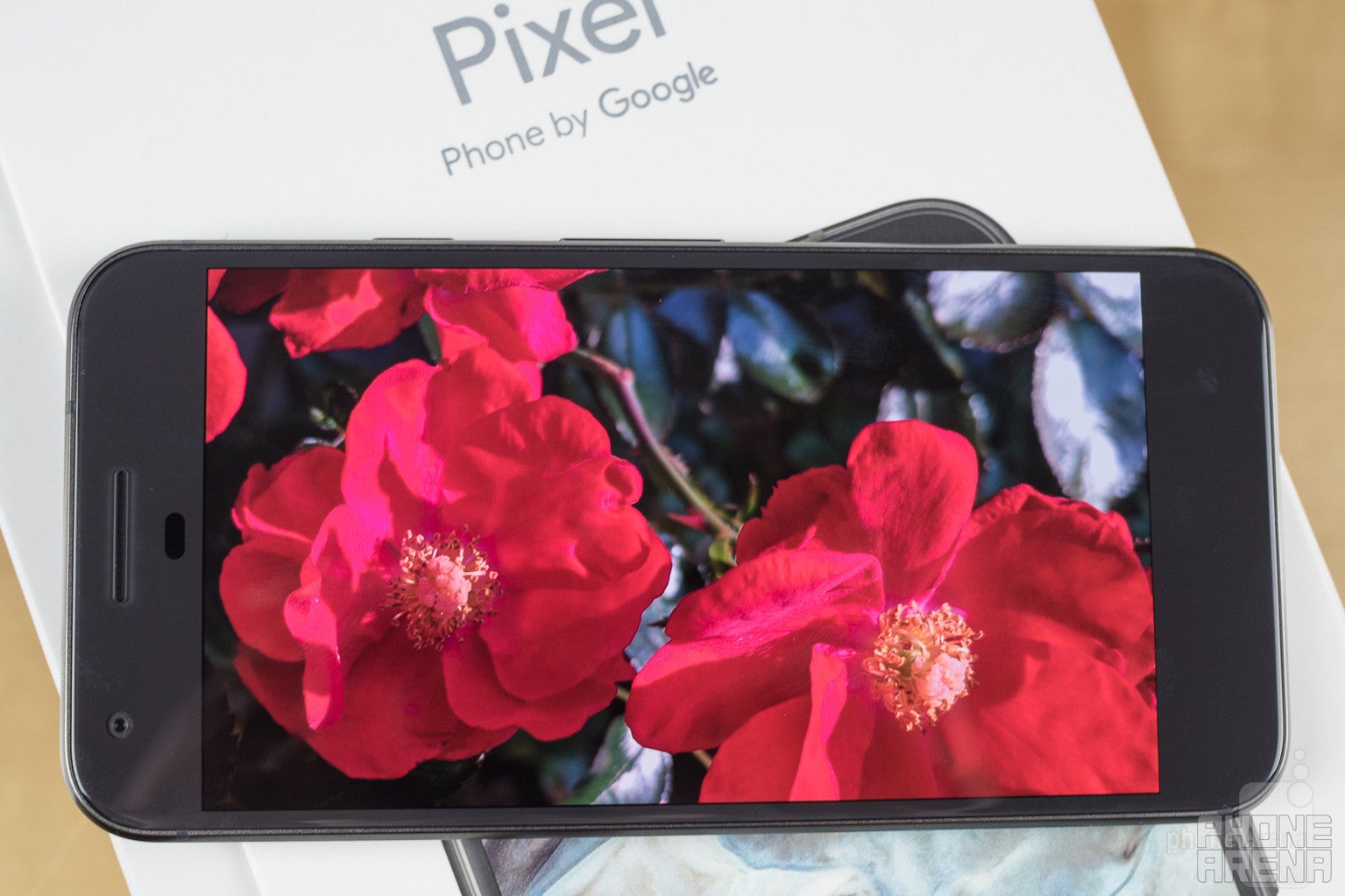
While the Nexus 5X had an LCD panel to the Nexus 6P's AMOLED screen, this time both Pixel phones get the AMOLED treatment. As a result, the screen on the Pixel displays the same sort of over-saturation that we experienced with the XL.
If you dig that bolder-than-real-life AMOLED effect, feel free to leave things just as they are, but as we recently pointed out, tucked away in developer settings for both Pixel phones you'll find a setting to switch the display over to an sRGB color space, resulting in much more accurate colors.
Besides its physically smaller size, the big difference with the screen on the five-inch Pixel is that it offers a 1080 x 1920 resolution display, to the XL's 1440 x 2560 quad-HD panel. If you're doing the math, that means a pixel density of 441 ppi to 534 ppi, or about 17 percent lower for the five-inch Pixel. In using the phone for several days, though, it never really came across to our eyes as having an appreciably lower-res screen, and with arm's-length operation at these high densities, the differences are hard to spot.
The arrival of Daydream may change our opinions on the importance of resolution in the Pixel phones – looking that close-up, every pixel matters – but for now, we're no less satisfied with the sharpness of the Pixel's screen than we were with the XL.
One interesting difference did come up in our analysis, though, with the Pixel's screen just a bit dimmer than the Pixel XL's. Considering we already had issues with outdoor visibility with the XL, that situation's only compounded with the smaller Pixel. That's clearly not great, but the five-inch display on the Pixel does appear to also offer one big benefit over the XL – though we'll get to that just a bit later on.
All display measurements for this Google Pixel review have been done using SpectraCal's CalMAN calibration software.
Interface and Functionality
The more you use Nougat and the Google Assistant, the more you'll find to like
The Pixel phones may not be the first to launch with Nougat, but they do hold the honor of introducing us to Nougat's latest incarnation: Android 7.1. That means the arrival of new features like the long-awaited split-screen mode for apps, as well as changes to familiar areas of the Android interface, like the display of notifications.
One of the most jarring, at least for users expecting a traditional app drawer, is the new way software is accessed, by way of a swipe up from the screen's bottom edge. While at first you may find yourself continuing to hunt for the right icon to tap to, the movement quickly becomes second nature, and we can't see users having too many objections.
Another noteworthy change to the way you access expected Android features concerns the standard Google search-bar widget. The one you know and love is still present, waiting for you to drop it into place if you so choose, but the Pixel is instead pushing users in a new direction, with a slightly less conspicuous pop-out search bar that spends its days tucked away in a corner of the home screen, just waiting for someone to tap and expand it.
There's also a new way to get to Google's voice-drive assistant, now with a major makeover a new super-appropriate name, in the form of the Google Assistant. In addition to saying “OK Google” anytime you like (even with the screen off), you can access the Assistant by briefly holding down the on-screen virtual home button (since the swipe-up mechanic is now the new app drawer).
The Assistant isn't some all-new voice-powered solution, and if you're familiar with Google Now, this is going to seem like the natural progression of things – in fact, “natural” may be the key word here, as the Google Assistant really focuses on back-and-forth spoken interactions with users that can be utterly conversational in tone.
At least, that's the dream – and it works with some queries, picking up on contextual cues. Others are less successful, and far too often for our taste responses from Assistant simply dumped us into a web-search result.
When you take full advantage of Google's software and services, the results can be pretty impressive – though we can imagine privacy advocates being a little sketched out. The phone will recognize when you're hanging around at a restaurant or shopping center, and helpfully trigger a notification with menus and review, or an in-store Maps diagram to help you find your way around. Like other recent Android builds, you get from Nougat what you put into it, and the closer you allow Google to scrape your mails, appointments, search history, and location data, the more interesting and often legitimately useful information it will offer to share with you.
If something does go wrong with your Pixel experience, help is just a few taps away, thanks to Google's 24/7 support, accessible both via phone and online chat.
Finally, while fingerprint scanners were introduced to Nexus phones last year, the “Pixel Imprint” scanner on the Pixel is a particularly nice one, offering a really neat gesture control: while using the phone, you can swipe down across the scanner to access your notifications – or swipe twice for expanded quick settings. It's the same effect as if you swiped down on the screen itself, but really, really convenient to use.
Processor and Memory
The smaller Pixel manages to slightly out-perform its big brother
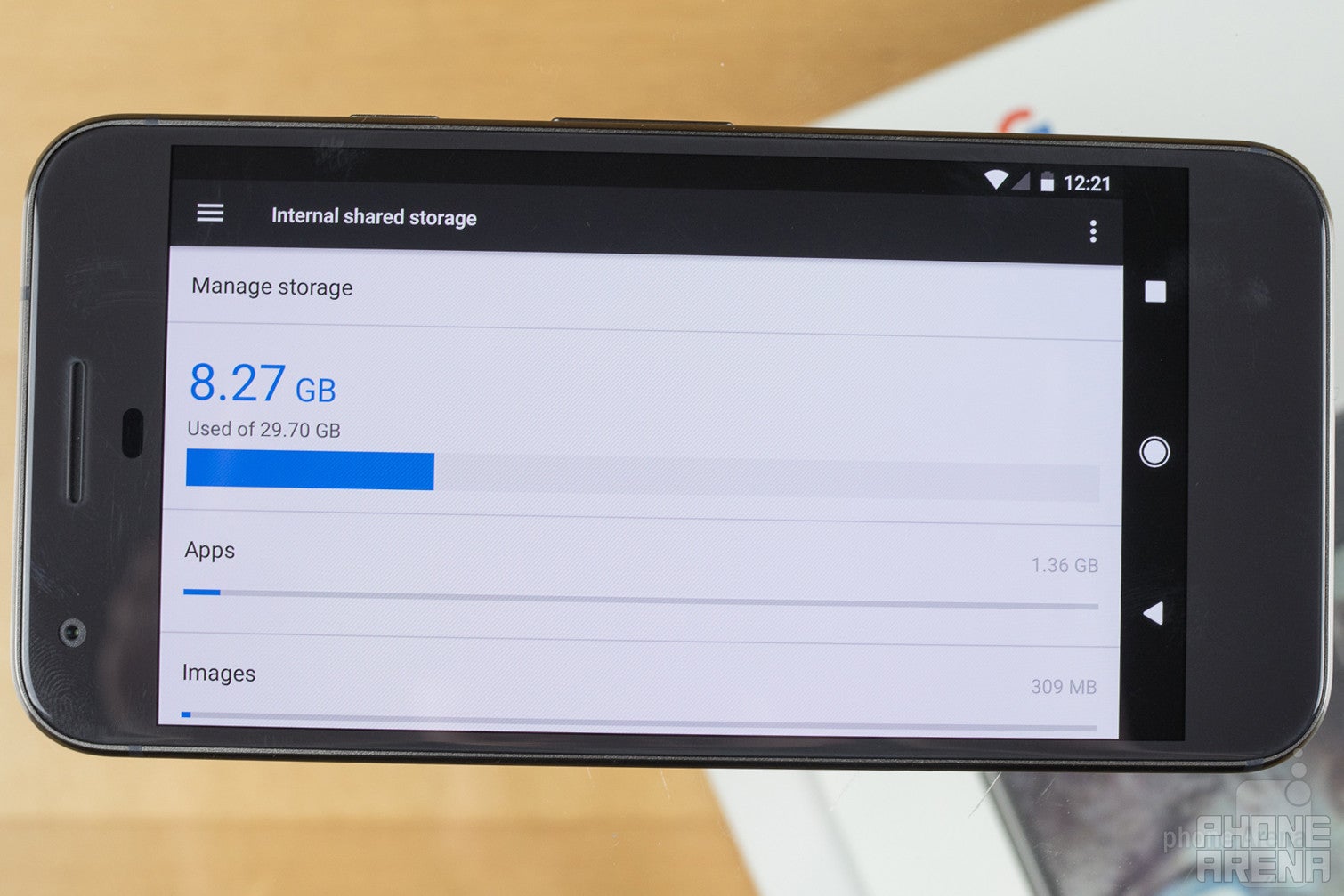
This year's been populated by flagship after flagship running Qualcomm's Snapdragon 820 processor. It's a very capable chip, but after so many phones offering similar capabilities, we've been itching to check out the next big thing. There's bound to be some debate over just how “big” it really is, but the follow-up to that chip is now here, with the Pixel packing a new Snapdragon 821.
Thankfully, there's no split this year like we saw in 2015 with the 5X and 6P getting Snapdragon 808 and 810 chips, respectively, and both Pixel sizes run the same Snapdragon 821.
Compared to the 820, that single-digit model-number bump should hint that we're not looking at a major overhaul of the processor's capabilities, but instead a chip that's a little bit faster – Qualcomm says that users can expect a speed increase in the range of 10 percent.
Our benchmark tests didn't show the 821 coming out ahead of the 820 in every situation we threw at it, but most of the time it was either neck-and-neck with the 820 or – true to Qualcomm's promises – slightly ahead. So while you shouldn't expect the Pixel to run circles around existing 2016 flagships, it's definitely up there in the upper echelons of their ranks.
Google pairs that chip with 4GB of RAM, which we'd only expect for a phone of this stature. While some users have debated the need for phones with quite so much memory, we're hoping that things like Nougat's split-screen multitasking will begin convincing them why it's very much in our interests to have RAM to spare.
Storage options include 32GB and 128GB models, with no microSD expansion. While the 32GB base level is fine, it might have been nice to see 64GB, instead – especially after the arrival of the Note 7. But with Google's free-storage offer for the Pixel's photos and video leveraging some cloud muscle to take the pressure of local storage, we can understand how 32GB can look like more than enough.
Subjectively, the Pixel is smooth as butter to use. The combination of the latest Android software and a next-gen processor gives us an interface that just soars by under our fingertips, as if the pixels wish they had a reason to move just a bit faster, if only to show what they can really do. From system menus, to Maps, to Chrome, to the camera, the user experience is fast and responsive all around.
Compared to the XL, the smaller Pixel might even be a slightly faster phone – though just by a smidge, and only in certain areas. While most of our benchmarks put the two handsets on even footing, the really 3D-graphics-heavy ones saw the Pixel pulling ahead of its big brother with slightly higher frame rates. Since these phones are armed with the same processors and GPUs, we're forced to consider that the lower-res screen on the Pixel puts less demand on those components, getting more mileage out of them in the process.
Connectivity
Google keeps us on the ready with next-gen LTE capabilities
So far we've been looking at hardware that's at the forefront of the latest tech, and that story continues for the Pixel's wireless connectivity. Your carrier may not support high-speed LTE Cat 12 just yet, but when it does the Pixel's ready to pull down blistering 600Mbps download speeds.
On the wired front, Google's going all-in with USB Type-C, after introducing the connector to the Nexus 5X and 6P last year. That means shipping the Pixel with a nice assortment of Type-C cables, as well as adapters ready to interface the handset with your existing gear – including a Quick Switch adapter you can use to bring your old messages, contacts, and files over yo the new phone.
Camera
An understated camera UI continues to wow us with really beautiful pics
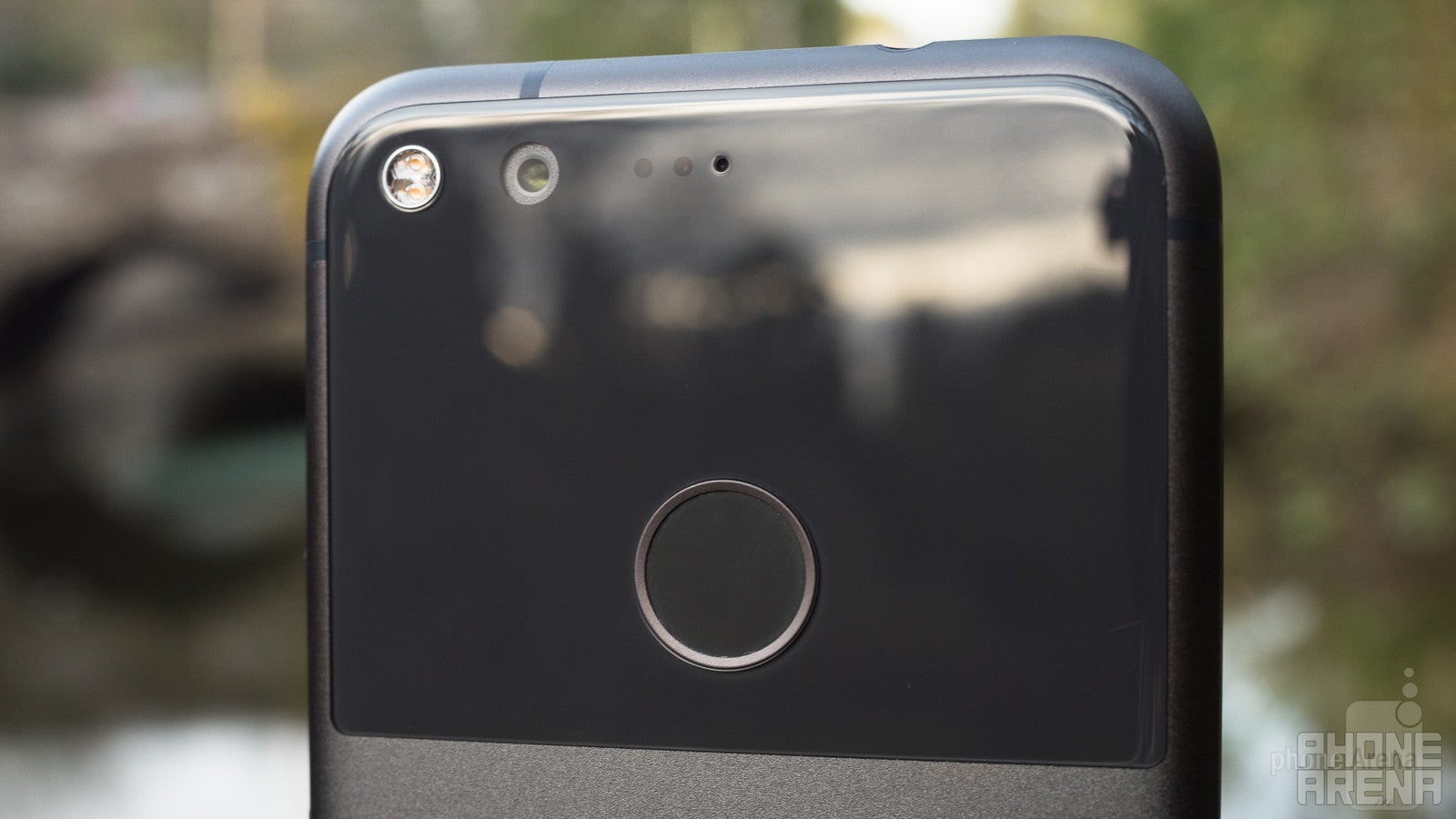
Like a lot of other recent flagships, Google's making some big claims when it comes to the Pixel's camera performance. In its promotion for the handset, the company doesn't mince any words, calling this “the highest rated smartphone camera. Ever.”
Around back we've got a 12.3MP camera with an f/2.0 aperture lens and big 1.55μm pixels. And up front there's an 8MP selfie cam. But more than resting the Pixel's reputation on the camera hardware itself, Google turns to software and additional sensor hardware to really get the most out of these sensors.
Image quality
You don't have to be a photo pro to get some great-looking shots
Google may be aiming for the stars with the Pixel's camera, but to a large extent, it really does deliver. The camera's fast as hell to use, grabbing focus in a snap thanks to both its phase-detection and laser-assisted modes, and even HDR processing doesn't really slow things down.
About those HDR capabilities, though: while they work well and produce some nice-looking shots, we couldn't help but notice Google being a little heavy-handed in steering users towards them. While camera settings like your flash preferences or what resolution you want to shoot in are recalled for future photo sessions (as right they should be), every time you jump back into the camera app it defaults to auto-HDR; there's no way to force the phone to remember that you'd prefer to always have HDR off (on always on, we suppose). That's ultimately a minor quibble, thanks to how painless it is to have the auto-mode engaged.
Even some tricky exposures with blown-out backgrounds ended up looking pretty nice, and while the camera struggled with focus occasionally in extreme low-light environments, the images it grabbed were impressively low-noise, with nice clean blacks.
Selfies look pretty hot, too, and support the same auto-HDR mode as images taken with the phone's main camera.
We're not sure if it's really the best camera setup ever on a smartphone – that's one heck of a high bar – but the Pixel is very much up there among some of the best-performing models you can pick up today.
Video recording
Sharp, high-res video is only enhanced with exceptional digital stabilization
A lot of the good stuff from the Pixel's still-image performance carries over to video, especially in terms of focus speed – refocusing during video recording is fast and effortless.
The camera supports shooting modes up to 4K (as we'd only hope), but the real story is less about resolution and more about stability. While the Pixel doesn't offer an optically-stabilized camera, it does take advantage of Google's advanced stabilization algorithms, acting in concert with on-board sensors to digitally remove camera-shake from your footage.
We've seen plenty of software-stabilization efforts from other phones, but Google's implementation really does appear to live up to the hype. While the “laggy” effect on the viewfinder can be a little distracting while filming, the end results are incredibly impressive, especially compared to unstabilized video.
Multimedia
The Pixel can't quite capture the “oomph” of the XL, but still does a find job
Unlike the Nexus 6P, last year's Nexus 5X only offered users a single mono speaker – albeit still a front-facing one. So while we really felt the loss in transitioning from the stereo 6P to the mono Pixel XL, the sting's a little less severe with the smaller Pixel. We still don't like the move from a front-facer to a bottom-edge-mounted speaker, but it's a smaller adjustment to make.
What it lacks in lush stereo sound, though, the speaker goes a long way towards making up for that with really nice, clear, balanced sound. You get crisp highs and satisfying lows, all without much discernible distortion. And though this isn't the loudest speaker we've ever tested, it subjectively feels extremely powerful with its output – perhaps due to that great bass response. While the Pixel XL does a little better with bass frequencies in a side-by-side comparison, the smaller Pixel still sounds really good on its own.
Call Quality
Dial all your friends and don't miss a thing with solid voice performance

Given the high-end radio hardware and software within the Pixel (the kit responsible for offering that super high-speed LTE Cat 12 bandwidth), it's little surprise that when tasked with basic voice calls, the phone also excels.
Maybe “excel” is the wrong word, as we're really not looking for much here but clean, intelligible call quality, but the Pixel certainly doesn't drop the ball. While the phone's size makes it a little less comfortable to use than more petite handsets, everything still sounds great, and with the Verizon SIM we tested, neither ourselves nor our callers had any major complaints.
Battery Life
It's a David vs. Goliath story as the Pixel slips past the XL in stamina
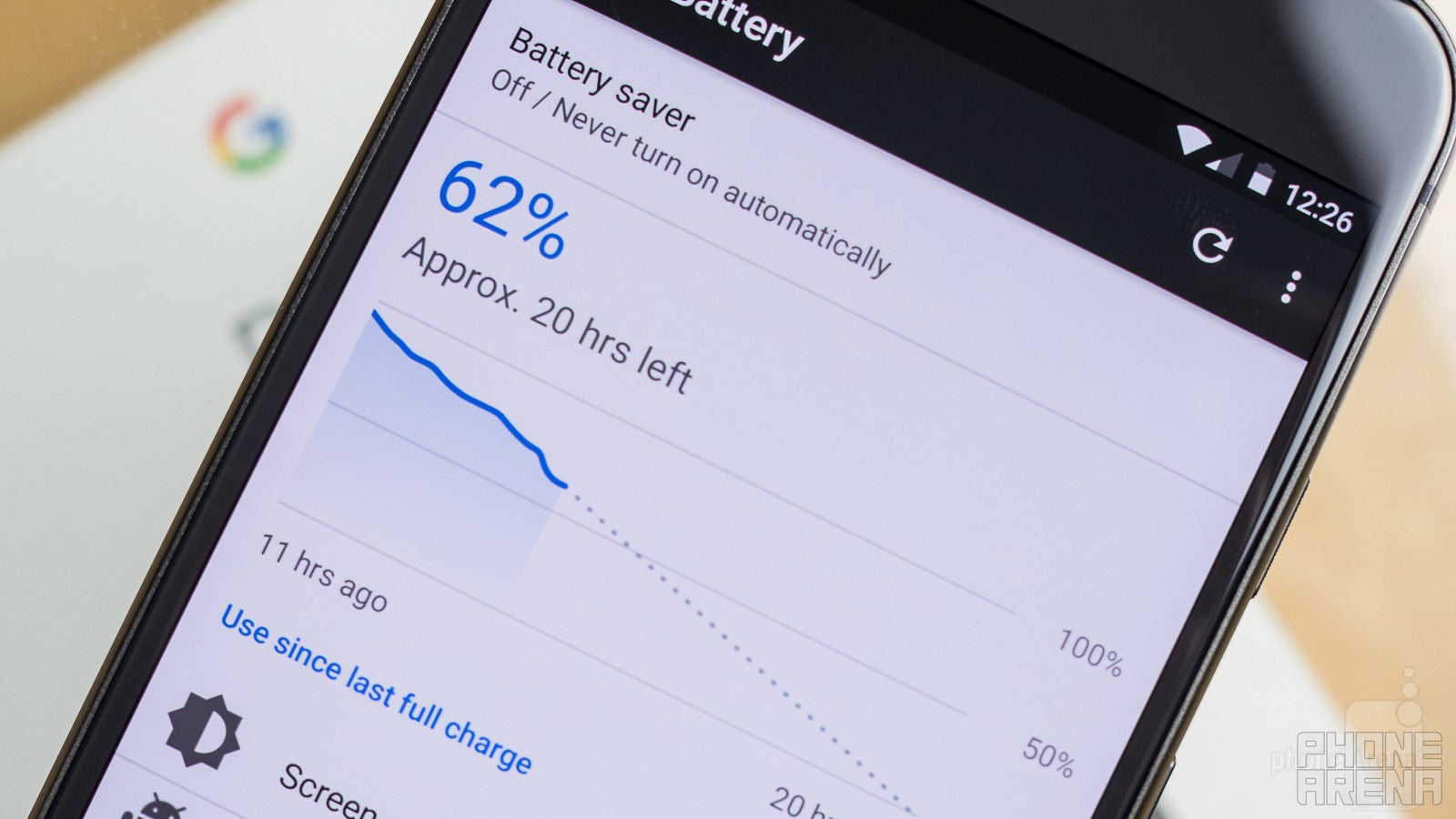
Ready for some surprises? So far, this review of the Pixel probably hasn't offered anything too shocking if you're already caught up with our Pixel XL coverage; like we've been saying over and over, Google's done an admirable job at giving us two phones that may be different sizes, but offer very similar experiences.
While the Pixel XL got a battery that was the very same size of the component we saw a year ago in the Nexus 6P, the Pixel actually picks up a slightly larger battery than the 5X, growing from 2,700 to 2,770 mAh. But that's just a little boost; how does that actually translate into battery life when you're using the phone?
In our custom battery tests, we clocked about seven hours and forty-five minutes of screen-on time for the five-inch Pixel. Even with its big 3,450mAh battery, the Pixel XL got just about seven-and-a-half. That's right: the phone with the appreciably smaller battery lasted longer.
How does that make any sense? After all, in Google's official battery life figures, it estimates that the XL will enjoy hours upon hours of more operation in many conditions.
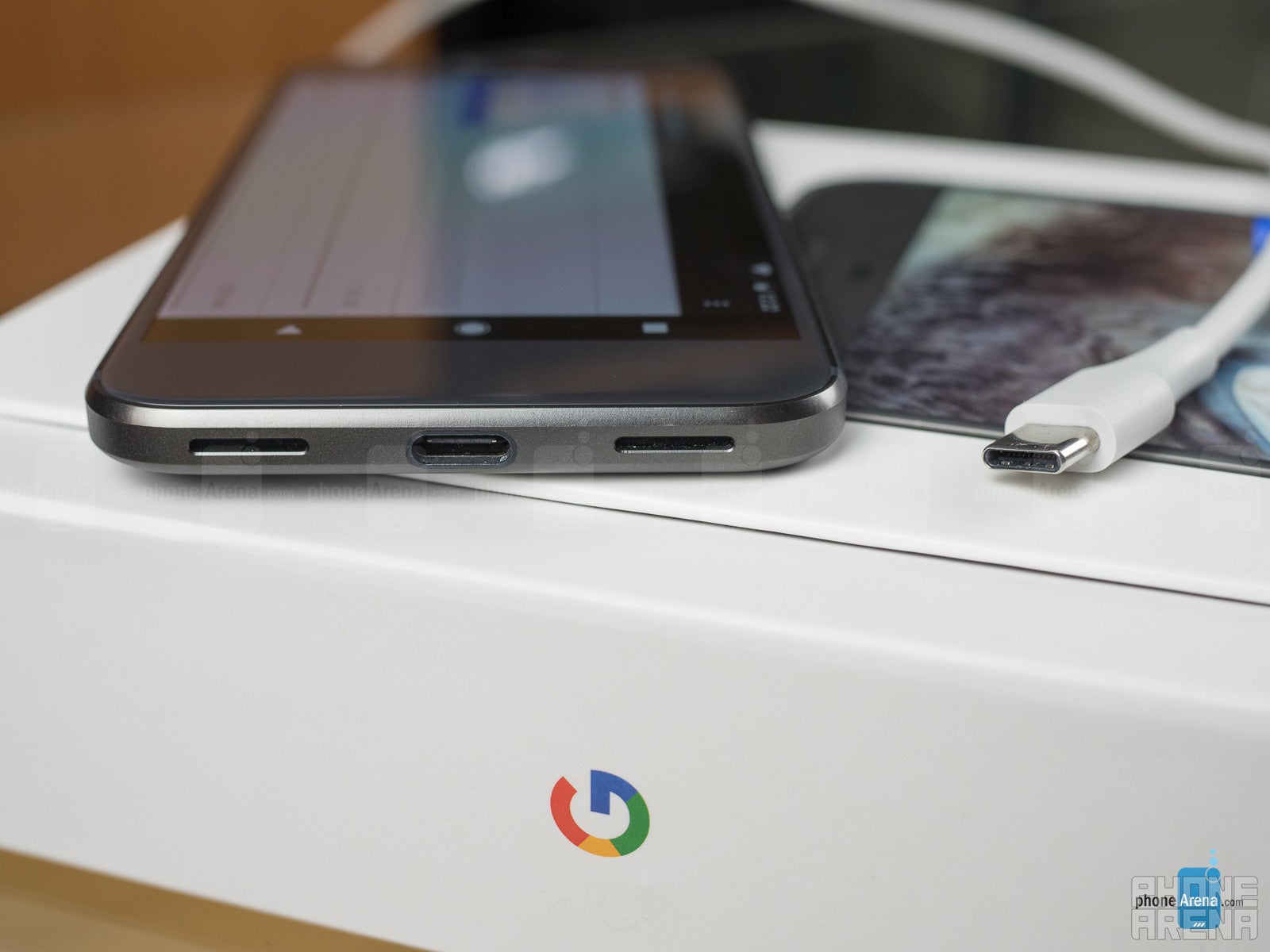
The charger's got a USB Type-C port
As a result, the lesser power demands of the Pixel's screen appear to completely offset the larger battery present on the XL – and then some.
Sadly, there's no wireless-charging support, but the included USB Type-C adapter is a fast-charging 18W component. From a dead battery, that gave us a full charge in almost exactly two hours. And if you only need a little extra juice, even just fifteen minutes plugged in can give you several hours of operation (though primarily in standby).
What's really cool about the charger is that it's got a USB Type-C port on it – something we can't say about many other chargers shipping with Type-C-enabled phones. That means your charging cable is fully reversible, not just up-and-down but end-to-end. That may not sound like much, but it really follows through on the dream of Type-C solving so many (even minor) legacy-USB headaches.
Conclusion
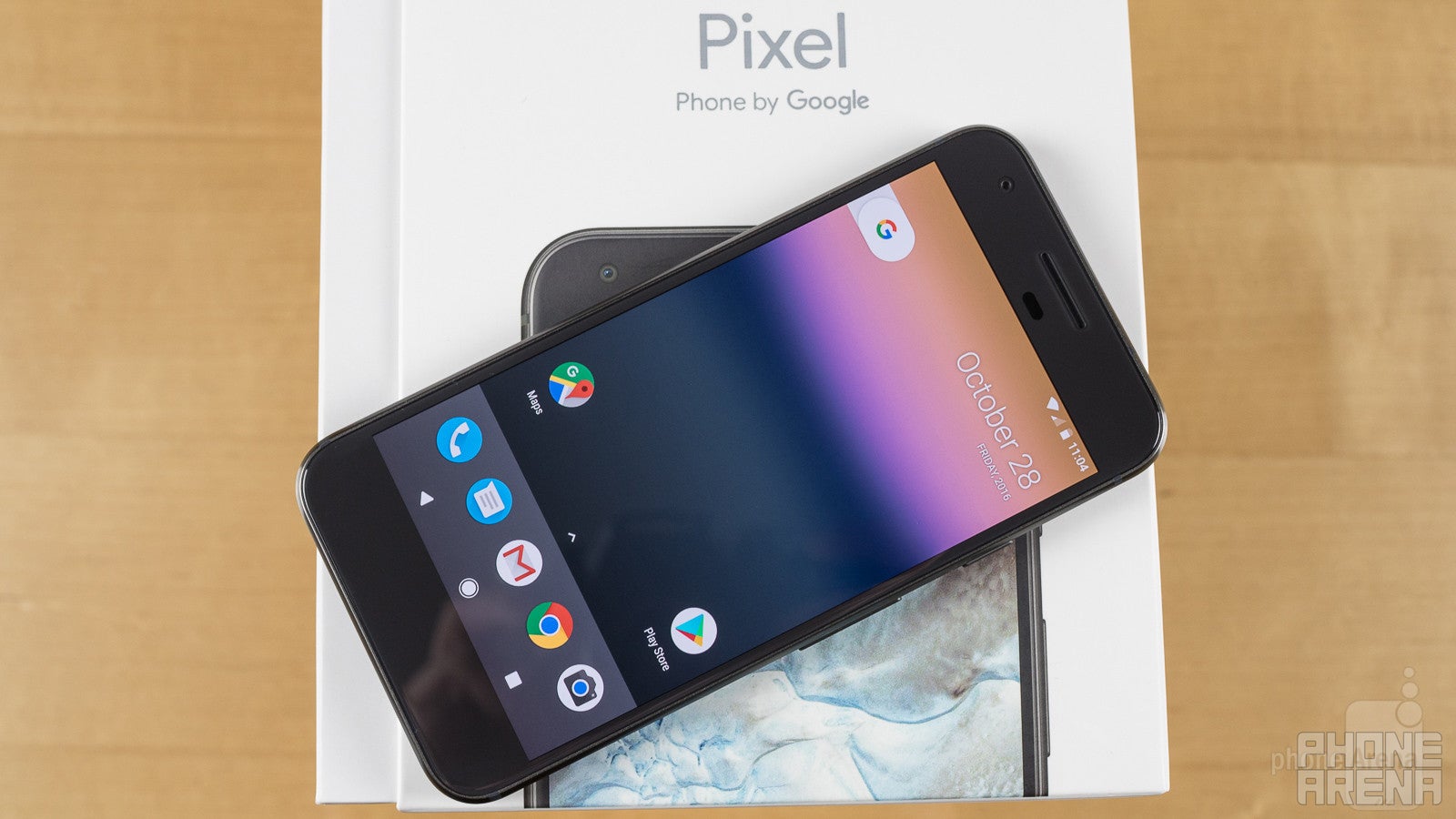
It's been a rough few years for users who prefer smaller smartphones, and Google's last five-inch model was introduced all the way back in 2013, with the Nexus 5. But now with the Pixel, Google's really offering shoppers a no-compromise handset that's still small enough to fit comfortably in sub-giant hands.
To a large extent, the fact that we got to know the Pixel XL first makes us appreciate the smaller Pixel all the more; it's not that the XL was necessarily too big, but it's fantastic to see such a big portion of what made that phone so appealing translate to this smaller size without losing much of anything.
Of course, there's a flip side to that, and many of the problems we had with the Pixel XL carry right over to the Pixel – or in the case of the display's middling brightness, end up being exacerbated here. We still wish the phone weren't quite so expensive, though the Pixel's $120-lower price does help the smaller model feel like a better bang-for-your-buck than its big brother.
With Android 7.1 Nougat and the Google Assistant on board, there are few phones available right now that will give users already integrated in Google's ecosystem of services a better software experience than the Pixel. And when we factor in the best-in-class performance, the incredibly satisfying camera experience, and battery life that even gives the Pixel XL a run for its money, the Pixel only looks more and more attractive.
It still remains to be seen if Google can become a large enough player in the Android smartphone market to steal sales away from the likes of Samsung, but with phones like the Pixel, Google's in a better place to do just that than it arguably ever has been before.
Software version of the review unit:Android 7.1 Build NDE63P

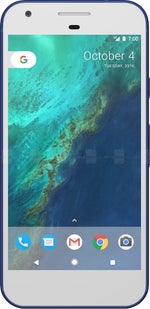

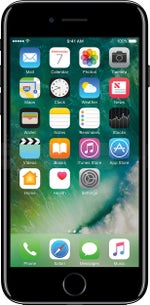
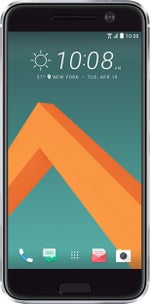





























Things that are NOT allowed: